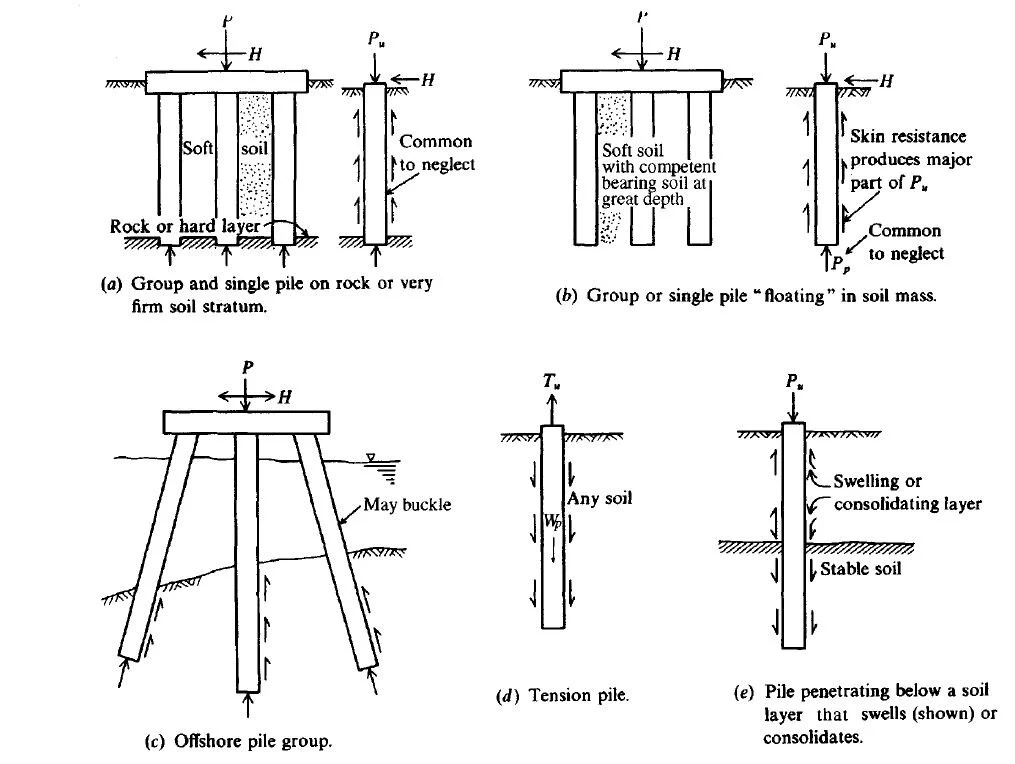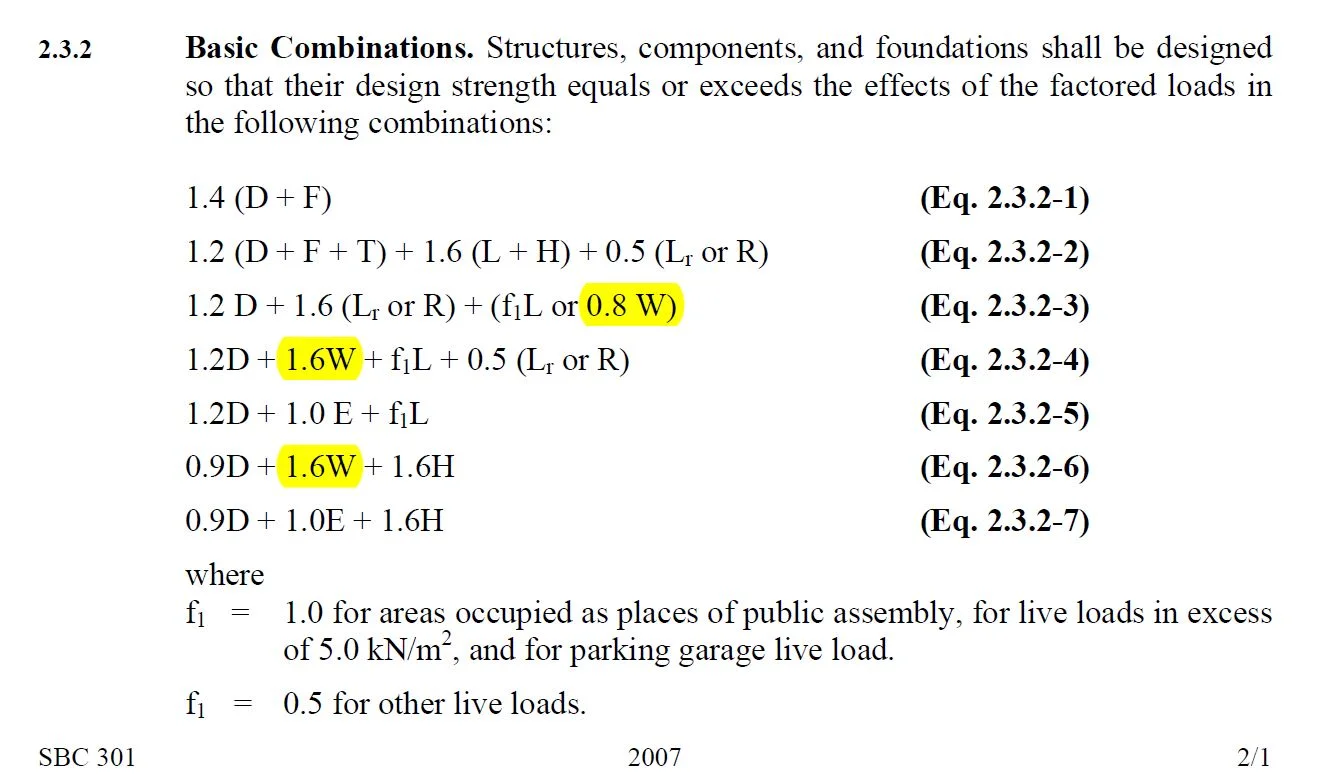1-Introduction :
The Piles are a structural element that can be wood, steel sections, precast concrete, cast-in-place concrete, and composite type piles and etc.
The main function of the piles include :
1- Transferring load from the superstructure through weak compressible strata onto stiffer soils or onto rock.
2-Resisting uplift force when used to support tall structures or basement below the groundwater table.
3- Control the settlement.
4- Used in marine structures to resist the lateral loads from the impact of berthing ships and from waves.
2- Type of piles based on function.
Classification of piles with respect to functional behaviour as follows :
a- End-bearing pile: This type of pile derives most of its capacity from a bearing stratum on which the tip bears.
b- Friction pile: This type of pile derives its resistance primarily from friction or adhesion along the length of the pile. They are commonly used where a bearing stratum is too deep to be usable. A pile that resists tension does so by friction and would be considered a friction pile.
c- Combined end-bearing and friction pile: This type of pile derives its resistance from a combination of end bearing and friction
d- Batter pile: this is a pile that driven at an angle with respect to vertical to resist horizontal force.
e-Mirco pile.
2- Pile reinforcement detail :
Pile reinforcement detail is one of the issues that are unclear, and there is conflicting information in ACI 318, ASCE 7 and IBC foundations, but now ACI 318-19 eliminated that conflict. Below table explains the minimum reinforcement requirements.
References.
1. Building code requirements for structural concrete (ACI 318-19) and commentary.
2. International building code 2015
3. Foundation analysis and design.















